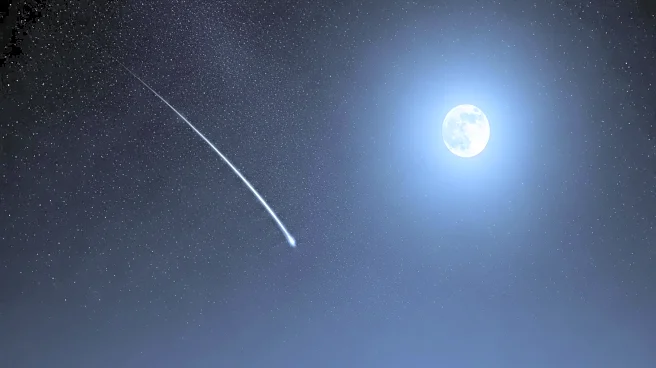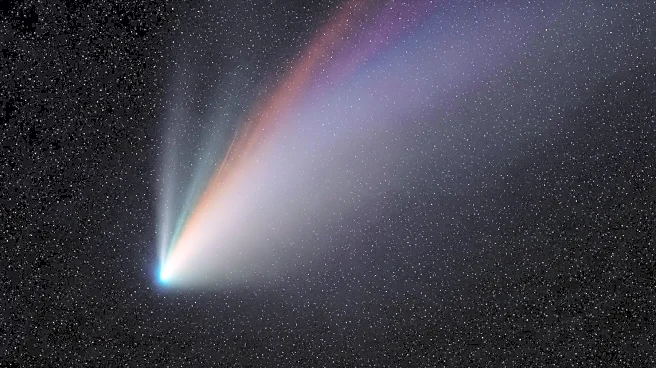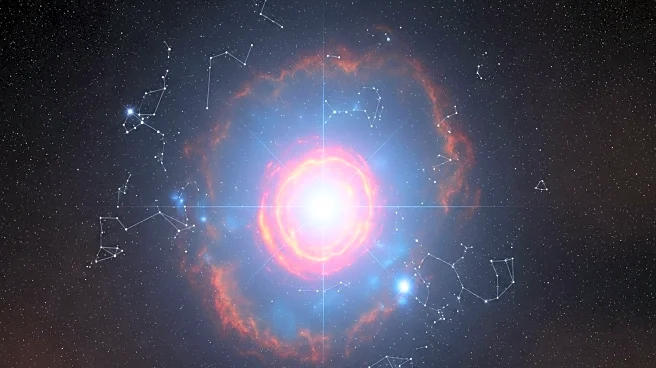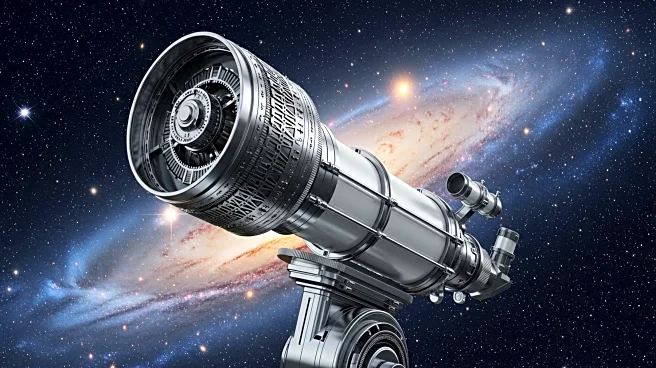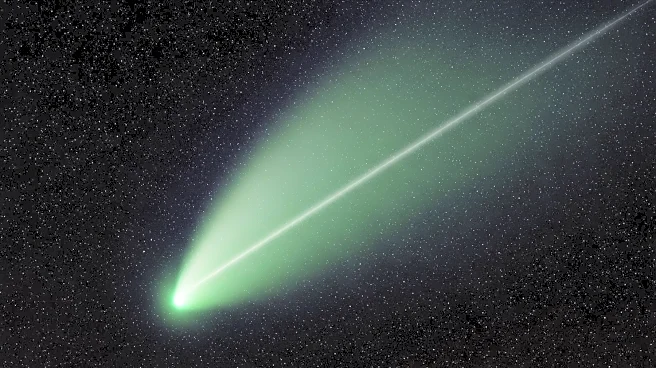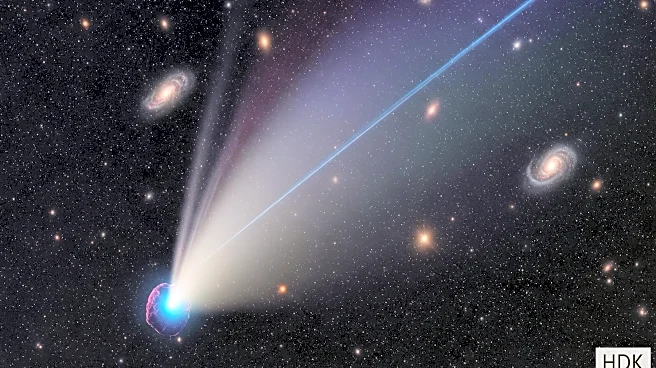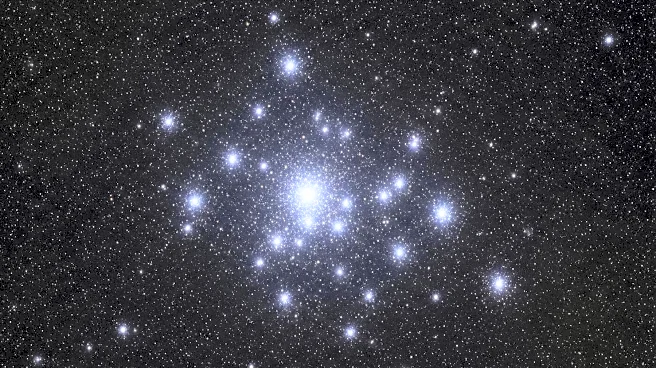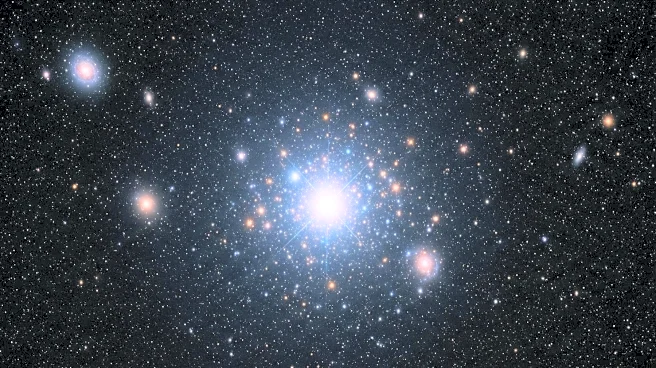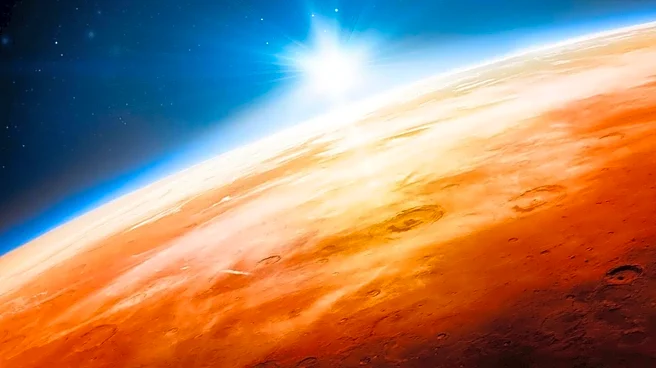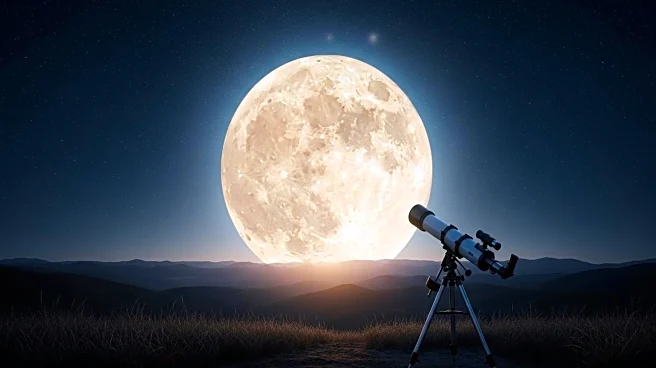What is the story about?
What's Happening?
October promises a series of remarkable astronomical events, including the Draconid and Orionid meteor showers, a supermoon, and the visibility of the Andromeda Galaxy. The Draconid meteor shower will peak on October 8, although moonlight may obscure all but the brightest meteors. The Orionid meteor shower, peaking on October 21, coincides with a new moon, providing optimal viewing conditions. Additionally, the full harvest supermoon will appear on October 6, offering a brighter and larger view than usual. Other notable events include Mercury's greatest eastern elongation on October 29 and the close approach of the moon and Venus on October 19.
Why It's Important?
These celestial events offer unique opportunities for both amateur and professional astronomers to observe and study the night sky. Meteor showers, in particular, provide insights into the composition and behavior of comets and asteroids. The visibility of planets and galaxies enhances our understanding of the solar system and the universe beyond. For the general public, these events can inspire interest in astronomy and science, fostering a greater appreciation for the natural world and our place within it.
What's Next?
Stargazers are encouraged to prepare for these events by finding locations with minimal light pollution and using telescopes or binoculars for enhanced viewing. Astronomy clubs and observatories may host events to facilitate public engagement and education. As technology advances, future celestial events may be observed with greater precision, leading to new discoveries and a deeper understanding of the cosmos.
AI Generated Content
Do you find this article useful?
